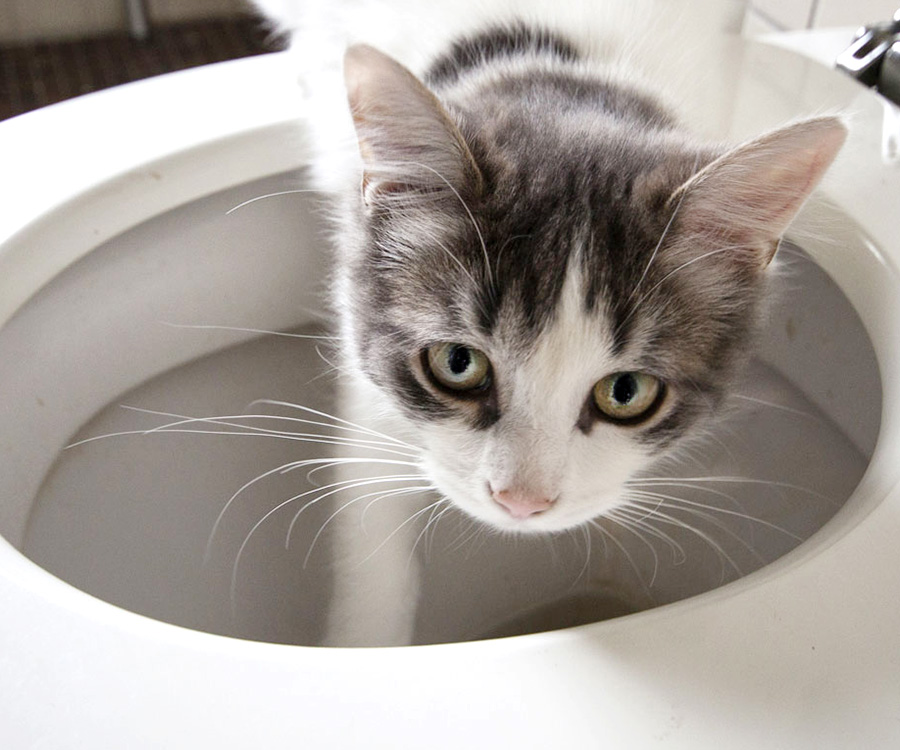Don't Flush Cat Poop Down Your Toilet - Maintain Your Home's Plumbing Integrity
Don't Flush Cat Poop Down Your Toilet - Maintain Your Home's Plumbing Integrity
Blog Article
On this page down the page you can locate a bunch of great insights with regards to How to Dispose of Cat Poop and Litter Without Plastic Bags.

Intro
As pet cat owners, it's important to bear in mind just how we deal with our feline good friends' waste. While it might seem practical to purge pet cat poop down the commode, this practice can have harmful effects for both the setting and human wellness.
Alternatives to Flushing
Fortunately, there are safer and more responsible means to dispose of cat poop. Think about the complying with options:
1. Scoop and Dispose in Trash
One of the most usual approach of dealing with feline poop is to scoop it into a biodegradable bag and toss it in the garbage. Make certain to make use of a committed clutter inside story and take care of the waste quickly.
2. Use Biodegradable Litter
Choose naturally degradable feline trash made from materials such as corn or wheat. These litters are environmentally friendly and can be safely dealt with in the trash.
3. Bury in the Yard
If you have a backyard, take into consideration hiding feline waste in an assigned area away from veggie yards and water resources. Be sure to dig deep sufficient to avoid contamination of groundwater.
4. Install a Pet Waste Disposal System
Buy a family pet garbage disposal system particularly developed for cat waste. These systems use enzymes to break down the waste, lowering smell and ecological effect.
Health Risks
In addition to ecological issues, flushing cat waste can also posture wellness risks to people. Pet cat feces may consist of Toxoplasma gondii, a bloodsucker that can cause toxoplasmosis-- a possibly serious health problem, particularly for expectant ladies and people with damaged immune systems.
Ecological Impact
Flushing pet cat poop presents dangerous microorganisms and bloodsuckers right into the supply of water, posing a considerable risk to water environments. These contaminants can negatively influence marine life and concession water high quality.
Verdict
Liable family pet ownership expands beyond giving food and sanctuary-- it likewise entails appropriate waste management. By refraining from purging feline poop down the commode and choosing alternate disposal methods, we can lessen our environmental footprint and safeguard human health.
Why Can’t I Flush Cat Poop?
It Spreads a Parasite
Cats are frequently infected with a parasite called toxoplasma gondii. The parasite causes an infection called toxoplasmosis. It is usually harmless to cats. The parasite only uses cat poop as a host for its eggs. Otherwise, the cat’s immune system usually keeps the infection at low enough levels to maintain its own health. But it does not stop the develop of eggs. These eggs are tiny and surprisingly tough. They may survive for a year before they begin to grow. But that’s the problem.
Our wastewater system is not designed to deal with toxoplasmosis eggs. Instead, most eggs will flush from your toilet into sewers and wastewater management plants. After the sewage is treated for many other harmful things in it, it is typically released into local rivers, lakes, or oceans. Here, the toxoplasmosis eggs can find new hosts, including starfish, crabs, otters, and many other wildlife. For many, this is a significant risk to their health. Toxoplasmosis can also end up infecting water sources that are important for agriculture, which means our deer, pigs, and sheep can get infected too.
Is There Risk to Humans?
There can be a risk to human life from flushing cat poop down the toilet. If you do so, the parasites from your cat’s poop can end up in shellfish, game animals, or livestock. If this meat is then served raw or undercooked, the people who eat it can get sick.
In fact, according to the CDC, 40 million people in the United States are infected with toxoplasma gondii. They get it from exposure to infected seafood, or from some kind of cat poop contamination, like drinking from a stream that is contaminated or touching anything that has come into contact with cat poop. That includes just cleaning a cat litter box.
Most people who get infected with these parasites will not develop any symptoms. However, for pregnant women or for those with compromised immune systems, the parasite can cause severe health problems.
How to Handle Cat Poop
The best way to handle cat poop is actually to clean the box more often. The eggs that the parasite sheds will not become active until one to five days after the cat poops. That means that if you clean daily, you’re much less likely to come into direct contact with infectious eggs.
That said, always dispose of cat poop in the garbage and not down the toilet. Wash your hands before and after you clean the litter box, and bring the bag of poop right outside to your garbage bins.
https://trenchlesssolutionsusa.com/why-cant-i-flush-cat-poop/

As a serious reader about Can You Flush Cat Poop Down The Toilet?, I assumed sharing that piece of content was essential. Do you know another person who is involved in the subject? Do not hesitate to share it. Kudos for your time. Visit again soon.
Free Estimates Report this page